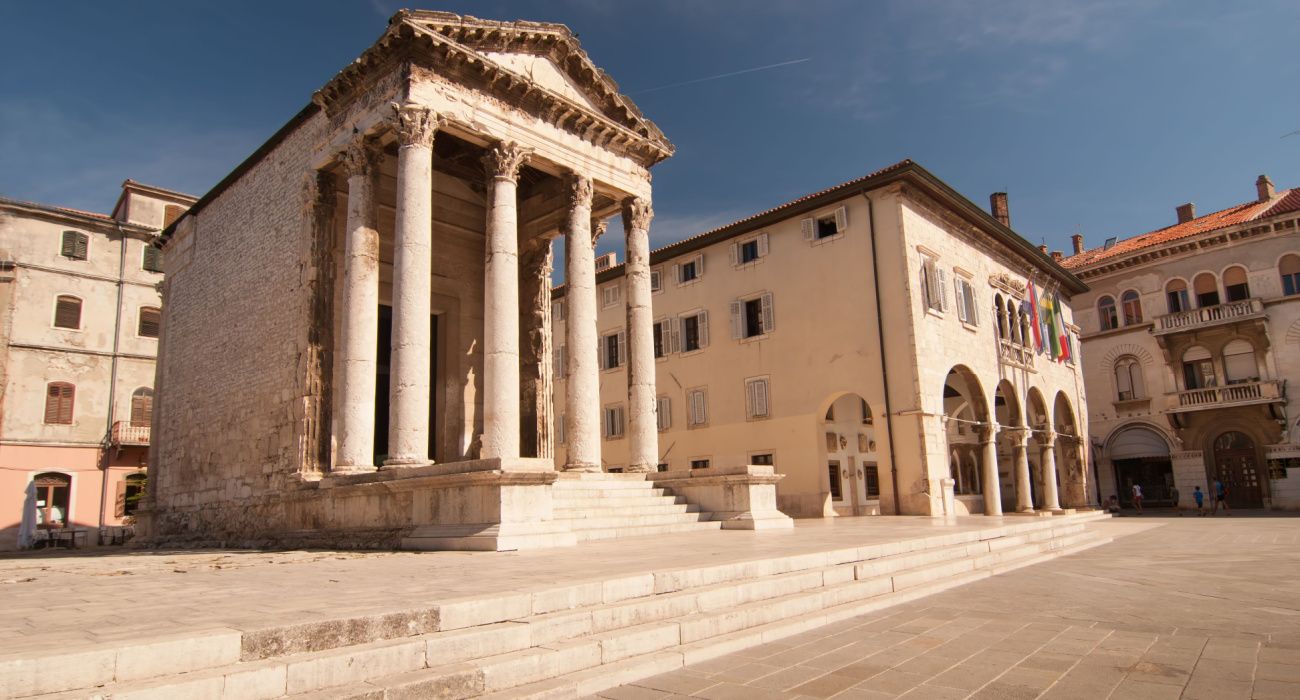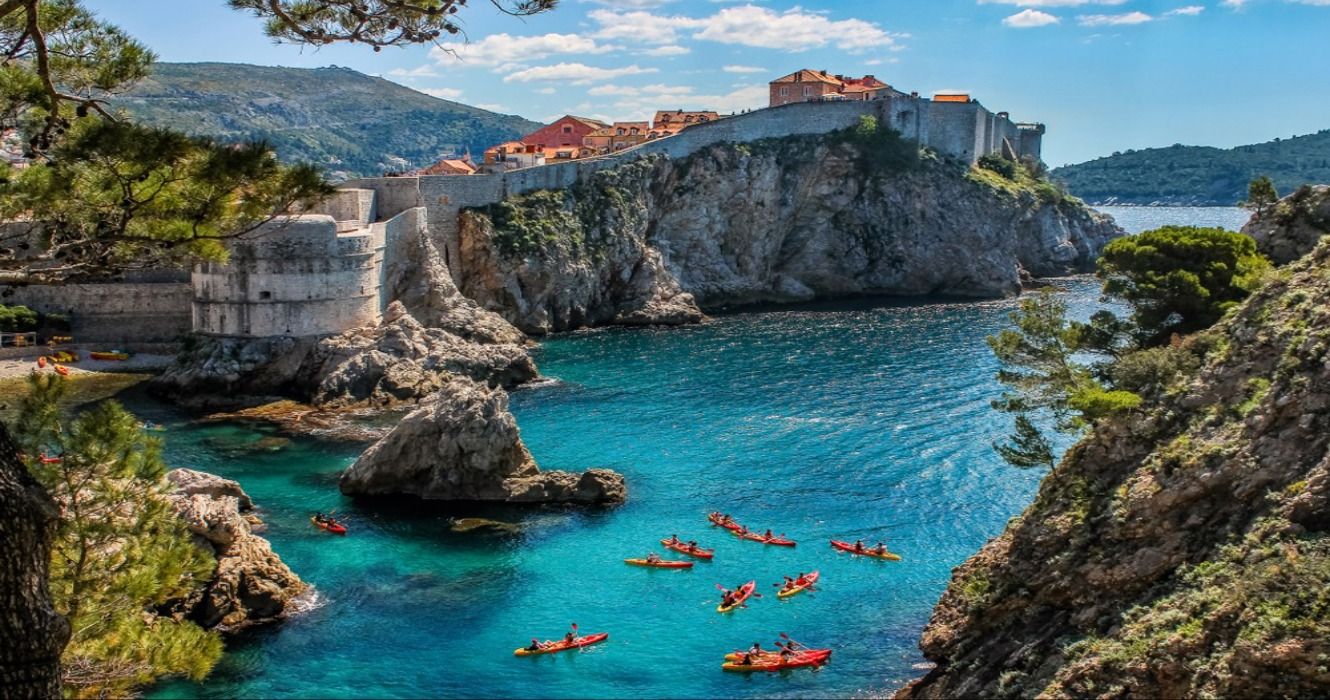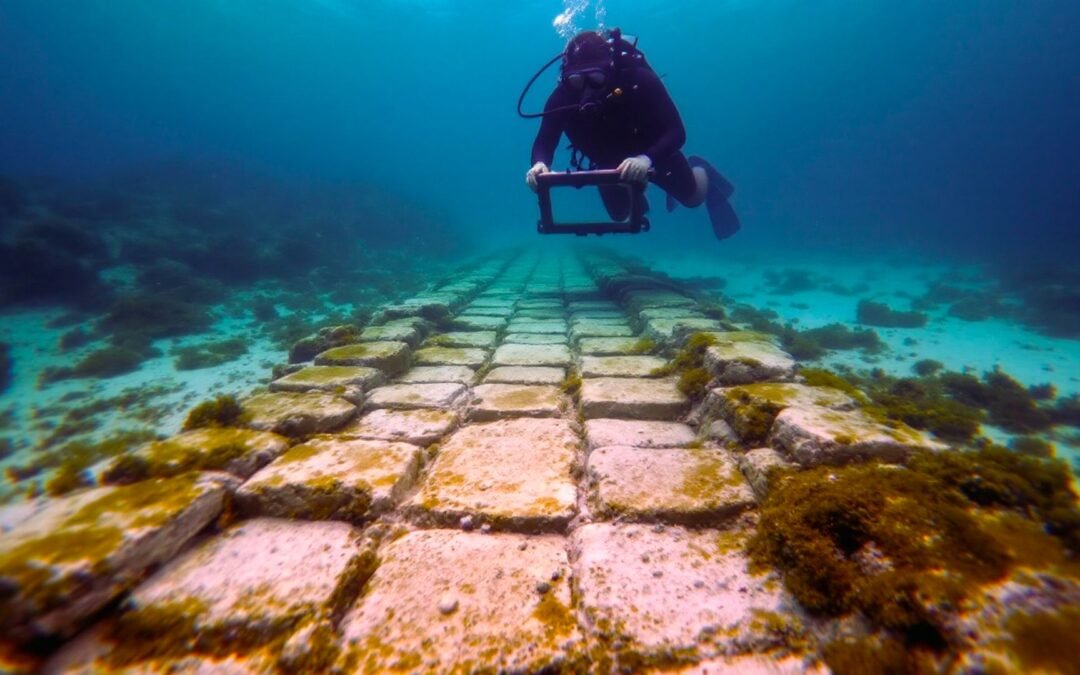Historic Rome’s huge community of paved roads is one among its most outstanding and well-known options; in spite of everything, “all roads result in Rome.” To at the present time, a few of Rome’s roads remain well preserved, allowing tourists to explore them.
Different historical societies developed roads too, and a few did it a few years earlier than Historic Rome got here to energy. These roads allowed for a community of commerce routes that facilitated the change of products, concepts, artwork, and tradition between civilizations.
Nevertheless, many of those roads disintegrated over time as a consequence of using inferior supplies or had been paved over by later societies that constructed over them. Just lately, archaeologists uncovered a street on the backside of the Mediterranean Sea that they imagine might be 7,000 years outdated.

Associated
Death Valley National Park Road Damaged By Hurricane Flooding Reopens In Time To Beat Summer Heat
After being broken by Hurricane Hilary in 2023, Emigrant Canyon Highway is open, welcoming guests to greater elevations and cooler temperatures.
Highway Found Off Croatia’s Coast From 5000 Years Earlier than The Roman Empire
Whereas exploring the muddy depths of the Adriatic Sea, researchers from the College of Zadar lately uncovered a remarkably massive prehistoric street. The invention got here after consultants on the College of Zadar detected weird buildings off the Croatian island of Korcula, a picturesque tourist hotspot with plenty to see and do. This prompted them to take a better look.
On nearer inspection, divers discovered a big stone street measuring roughly 13 ft vast. For reference, the common lane of an American street measures about 12 ft in width. Students on the College of Zadar dated these roads to roughly 5,000 B.C., making these newly found routes a few of the oldest recognized stone roads on Earth. It’s believed that Stone Age individuals used this street to journey from the island of Korcula to a now-submerged Stone Age settlement, which was probably as soon as linked by a skinny strip of land.
Archaeologist Mate Parica of the College of Zadar spoke to Reuters about this discover in 2021, stating, “These are fastidiously advanced stone plates that had been a part of a four-meter-wide communication that linked the artificially created island with the coast.” He added, “Utilizing radiocarbon evaluation of preserved wooden discovered within the final marketing campaign, the settlement dates again to about 4,900 BC. Individuals walked on this communication nearly 7,000 years in the past.”
Subsequent analysis led to the invention of a walled settlement close to the street, in addition to bits of ceramic pottery and flint knives. Though researchers first found the street in 2021, it took students two years to establish and make sure the discovering, given its stunning and noteworthy nature.

Associated
This Popular Croatia City Is Home To One Of The Best Surviving Roman Temples
The Temple of Augustus in Pula, Croatia is a small however very well-preserved Roman temple that everybody ought to go to.
Historic Roman Roads Paved The Future
Individuals in almost each a part of the world depend on roads to move items and journey all through their respective communities and nations. Right now’s huge street methods connecting many societies had been partly impressed by Historic Rome’s intensive street system, which allowed simpler journey inside the large Roman Empire.
These roads had been catalysts that helped Rome set up and maintain probably the most strong economic system of the traditional world for a whole bunch of years. They facilitated Rome’s growth from Iran to Northern Africa and all the way to the land now known as Belgium.
A lot of Rome’s roads stay, some nonetheless in use or having been paved over since they had been created hundreds of years in the past. Right now, people can take a road trip from London to Rome, following most of the identical paths established hundreds of years in the past.
The invention of a street relationship again 5,000 B.C. off the coast of Croatia demonstrates that folks used and relied on stone roads hundreds of years earlier than the Roman Empire occupied the land now often known as Croatia.

Associated
What To See & When: How To Spend 10 Perfect Days In Croatia
Questioning what to do with ten days in Croatia? Right here is the right itinerary to see the highlights.
Roman Affect On The Island Of Korcula, Croatia
The street found off the coast of the gorgeous island of Korcula in Croatia reveals that folks used subtle street methods for hundreds of years, nearly 5 millennia, earlier than Rome managed the land. The island’s strategic location was necessary because the Romans settled on the peninsula the place Korčula Previous City now stands.
The villas and settlements that appeared throughout Roman rule have largely been changed, built-in into later buildings, or remnants could be present in archaeological excavations. Croatia is famend for its medieval and Renaissance kinds, notably Venetian affect.



Recent Comments